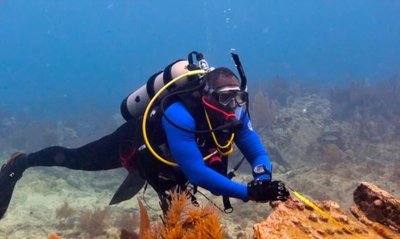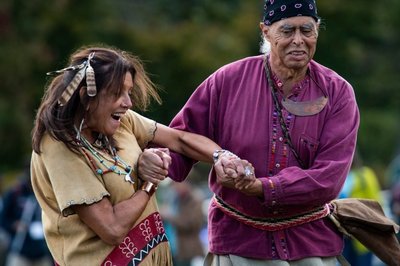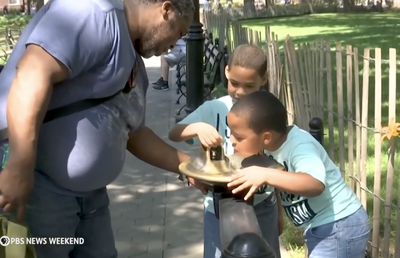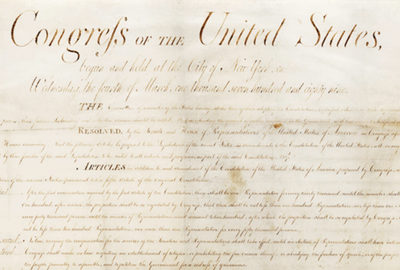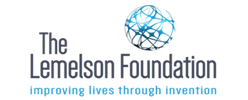For a Google doc version of this lesson, click here. You will be prompted to make your own copy to access the lesson.
OVERVIEW
The goal of this lesson is to motivate students to learn both more about the slave trade and to think about other under-explored aspects of history through a video about Black scuba divers exploring wreckage of slave ships.
While many students and teachers are aware of the slave trade broadly, most do not know the details about who were involved and what took place. This lesson is designed to give students new perspectives on history, how history is told and who tells it and the lasting impact history has on our lives today.
Estimated time: One 50-minute class period
Subject areas: Social studies, American history, and world history
Grade Level: Grades 6-9
OBJECTIVES
- To understand the size and scope of the slave trade during the 16th – 19th centuries.
- To understand methods of historical research and the biases and perspectives of those who research history.
MATERIALS
- Links to have ready for class:
- World Map or Google Earth → Paper copies for the students to chart the travels of the slave ships
- Pen and paper
INTRODUCTION
The Atlantic slave trade took place between the 15th and 19th centuries. The most dangerous part of the voyage was known as the Middle Passage. This was the part of the trip between Africa and the Americas. Historians have used the records from the ship captains to track the basic information about what happened on these voyages along with first person narratives from enslaved Africans who survived.
WARM UP ACTIVITY (10 minutes)
As a class, watch the following video:
Black scuba divers explore the wreckage of slave ships and the 'untold American story'
As the class watches, have students answer the following questions about the video:
- How many people are estimated to have been taken by slavers from Africa to America over three centuries?
- What is the "Middle Passage"?
- Who is investigating sunken slave ships, and what is their background?
- Where are the ships located, and when did they sink?
- Why are the divers seeking out these shipwrecks, according to this piece?
MAIN ACTIVITY (30 minutes)
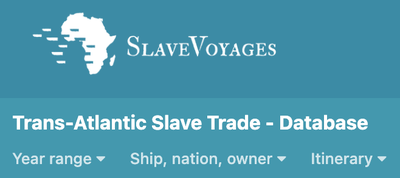
You can be creative and repurpose some of the instructions of the main activity. This lesson works best when students are actively creating, writing and responding to the sources on the materials list.
Students in groups (or as a class) should go to this database to look up the route which the ship in the video was supposed to have traveled along and mark the travel route on their maps.
- You can have students work in small groups to look at some of the artifacts in both the video and the article (or the teacher could move them into one collaborative document).
- Students (alone or in groups) should write short reflections on how they feel seeing those artifacts and imagine the emotional impact on the divers that found them.
- Creative approach: Have students create interview questions for the divers and responses from them based on the interview and the information they found on the database. What questions would you like to ask these divers about their activities and what they hope to find as they investigate other wreckages.
- Creative approach: Encourage students to develop a job description for a new member of the scuba diving team. This should include what they will be exploring, what types of interests a candidate should have, and other necessary qualities to be successful in this field.
Once those questions are done, the teacher can shares these excerpts from the Guardian newspaper:
Key Passages from the Guardian article for the students to discuss in groups:
For Bunch and his colleagues, the importance of the find cannot be overstated. Although the São José – which was bound for Brazil – is the first ship to be recovered that is known to have sunk while transporting enslaved people, it was just one of the tens of thousands that plied their trade over the four centuries of the transatlantic slave trade, during which more than 12 million African men, women and children were enslaved.
And yet, as Bunch points out, maritime archaeology has tended to focus its masked eye on the wrecks of rich and famous ships rather than those that traded in flesh and blood.
…
“People talk about the slave trade; they talk about the millions of people who were transported, but it’s hard to really imagine that, so we wanted to reduce it to human scale by really focusing on a single ship, on the people on the ship, and the story around the ship,” says Bunch. “Yes, we tell you about the thousands of ships that brought the enslaved, but we also say: ‘Here’s a way to humanise it.’”
The basic idea, he adds, was to tell people that “discovering your enslaved past is as important a treasure as finding the Titanic”.
- As a group, your students should discuss the importance of the last two paragraphs and how that impacts the way we study history. For example, how they possibly know the name and story of the Titanic, but not the Amistad.
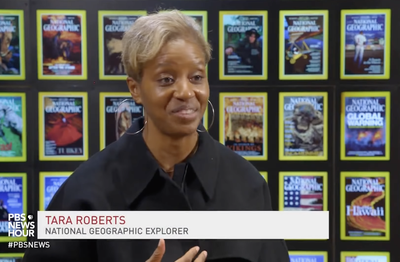
Screenshot: PBS NewsHour
DEBRIEF (10 minutes)
Discuss these final questions as a class:
- How can having a different perspective on historical events change the way people research and understand them?
- What other locations or events which we have studied in class would you like to study from the perspective of the people who now live in that region and why? (Examples might include the Pyramids from an Egyptian perspective, the Colosseum from an Italian perspective, Bushido from a Japanese perspective.)
EXTENSION ACTIVITIES
- Use this database to track the travels of different ships and have the students sketch out routes for the ships on world maps. After that is done, they can do research on how the culture of these places in North and South America were impacted by the African slaves.
- Using the database, research the areas where the enslaved people were purchased (reminding students of their humanity throughout) from to find out about the impact that European colonization had on those regions, both in the political and cultural senses.
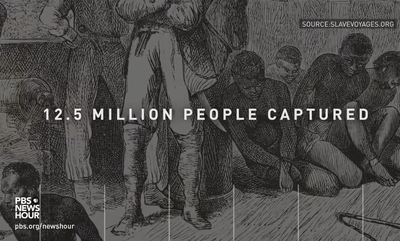
STANDARDS
Integrate visual information (e.g., in charts, graphs, photographs, videos, or maps) with other information in print and digital texts.
Distinguish among fact, opinion, and reasoned judgment in a text.
Analyze the relationship between a primary and secondary source on the same topic.
National Council Social Studies 1. Culture
Social studies programs should include experiences that provide for the study of culture and cultural diversity, so that the learner can:
About the lesson author
Charles Hensey is a history teacher at Wakefield High School in Raleigh, N.C. He is currently teaching economics and personal financial literacy, AP Human Geography, and AP Psychology. Hensey has worked on curriculum reviews for the State of North Carolina and North Carolina State University during his career of over 20 years in education.
